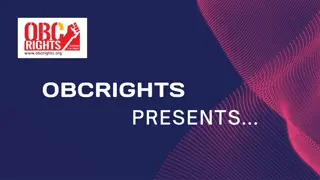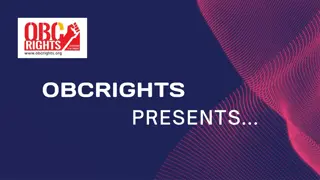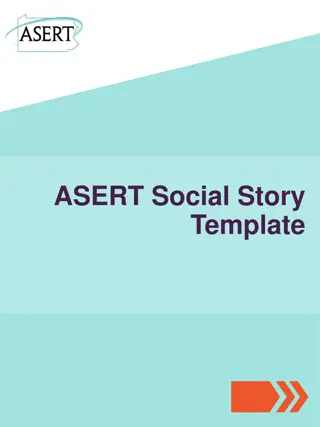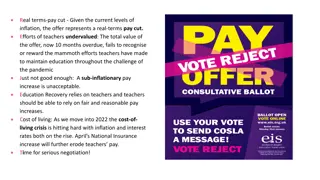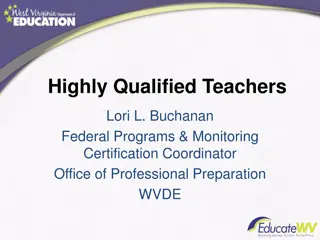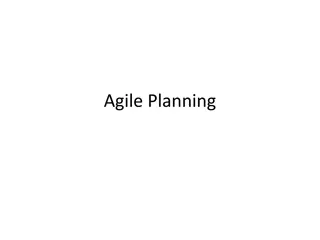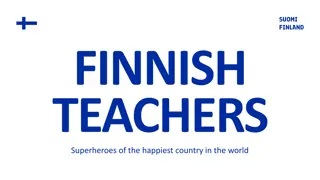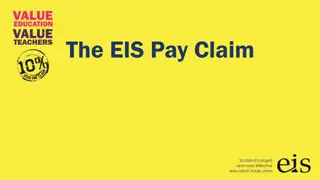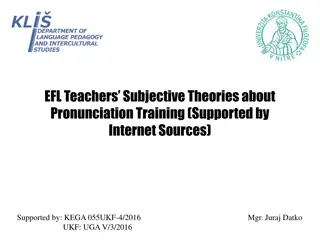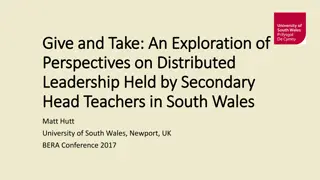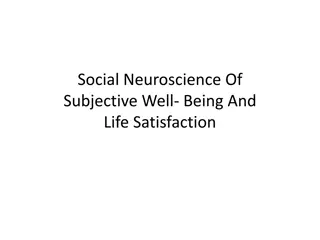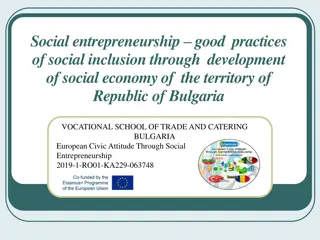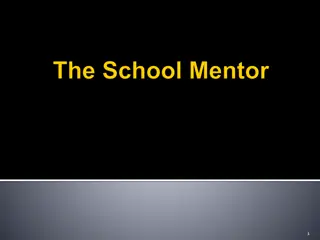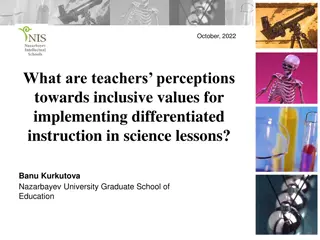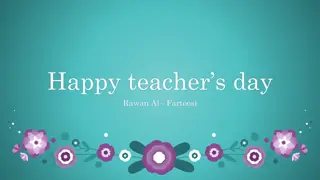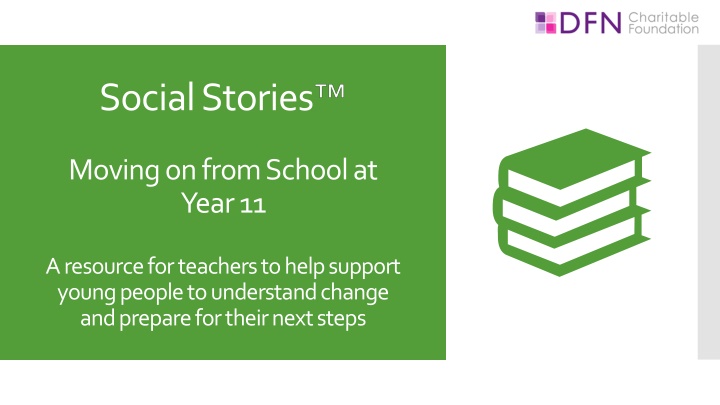
Supporting Young People with Social Stories for Year 11 Transition
Explore how Social Stories can assist young individuals in preparing for transitions like moving on from school at Year 11. Discover the structure, benefits, and steps to create effective Social Stories for supporting their journey to the next phase.
Download Presentation

Please find below an Image/Link to download the presentation.
The content on the website is provided AS IS for your information and personal use only. It may not be sold, licensed, or shared on other websites without obtaining consent from the author. If you encounter any issues during the download, it is possible that the publisher has removed the file from their server.
You are allowed to download the files provided on this website for personal or commercial use, subject to the condition that they are used lawfully. All files are the property of their respective owners.
The content on the website is provided AS IS for your information and personal use only. It may not be sold, licensed, or shared on other websites without obtaining consent from the author.
E N D
Presentation Transcript
Social Stories Moving on from School at Year 11 A resource for teachers to help support young people to understand change and prepare for their next steps
A Social Story (Carol Gray) is a short description of a particular social situation, event or activity which includes specific and accurate social information about what to expect and why. What is a Social Story? They can provide a young person with some idea of how others might respond in a particular situation, and therefore provide a framework for appropriate behaviour. The story is written to a specific structure and format includes social cues, perspectives and appropriate responses. Supporting Transition at Year 11 Social Stories Their aim is to identify and share information that supports alternate responses. are designed to be reassuring for the young person. An overview mind map of Social Stories the Resource Pack. is located in Section 2b of
Social Stories are a tool to help young people understand social or work situations. Young people that have difficulty remembering the key points of their transition and that need to support with how to respond in social/work situations can benefit from developing a story that guides their responses. Social Stories answer wh questions: where and when the situation occurs who is involved how events are sequenced e.g. how a transition meeting runs what occurs why These steps can be applied to support a transition meeting. Give a visual understanding of social issues. They can help with sequencing (what comes next) and 'executive functioning' (planning and organising). By providing information about what might happen in a particular situation, and some guidelines for behaviour, you can increase structure and support to the young person and thereby reduce anxiety. Uses of a Social Story? Supporting Transition at Year 11
Include No, Wrong, Stop, I must. A Social Story should not: Identify social expectations without information. Include Always or Never. Supporting Transition at Year 11 Be generic. Be a list of To Do s. Be used without a purpose.
Target the situation e.g. transition meeting and identify the topic. Keep three parts in mind: Introduction (clearly states the topic) Body (adds details by offering descriptions and / or explanations) Conclusion (reinforces and summarises the information). Steps to Writing a Social Story: Imagine variations and solutions. Write at young person s level. Supporting Transition at Year 11 Tailor story based on individual s abilities and interests. Positively state desired behaviour (what to do rather than what not to do). Describe more than direct. Write in first person/present tense. If possible, have the young person help write the story.
The story should talk through exactly what is happening, when, what is expected, how the young person might be feeling and how they will be supported in their new setting. My name is ______. A Social Story Template I go to _______ School. In September, I will be going to ________. I might be feeling nervous about going to Work/College. This is okay. Supporting Transition at Year 11 Everybody finds change difficult and it can take time to get used to a new place. This Social Story Work/College is going to be like and how I will be supported to feel happy and safe at Work/College is going to help me understand what Examples of Social Story templates are included in Section 2b of the Resource Pack.
For further ideas on using Social Stories to support transition, the following links are helpful: Transition Guide from NASEN Transition Resources from the Autism Education Trust Ambitious about Autism provide information and advice to support young people Useful links: National Autistic Society for information about the transitions, leaving school and person-centred planning tools, including Social Stories Carol Gray Social Stories for resources and ideas
Young people in Year 11 are on the threshold of a significant transition, and are at increased risk during critical incidents or disruptions to learning. Support and clear advice is needed for these young people. Ask the young person what are their views on deciding next steps? What options are being considered? What further information is needed? Involve the family as their insight into the young person s unique strengths, needs and capabilities is vital. They are also likely to be involved in supporting them through the transition. Get started now trying out different Social Story templates you could focus on a couple at first and see what works best. They will need to be bespoke to intended destination and circumstances of the young person. Don t be afraid to ask for support: teaching staff and family members who know the young person well may have tips for supporting transition. Reflect after conversations and think about what further strategies you could use to support the young person with transition. Final thoughts:




